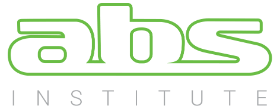This new framework stands for Solution, Access, Value, and Education. Unlike the initial 4Ps this idea promotes and advertises different virtues that fit productively in today’s marketing industry. The traditional marketing mix consists of four key elements, commonly known as the 4Ps:
- Product: This refers to the goods or services that a company offers to its customers. It involves decisions related to product design, features, branding, packaging, and quality.
- Price: Pricing strategies involve determining how much customers will pay for the product or service. This includes setting the initial price, considering discounts, promotions, and pricing models.
- Place: Also known as distribution, this element focuses on making the product or service available to the target audience. Decisions involve selecting distribution channels, locations, logistics, and inventory management.
- Promotion: Promotion involves the activities and strategies used to communicate and promote the product to the target market. This includes advertising, public relations, sales promotions, and other forms of communication.
The SAVE Marketing Mix could potentially be a modern adaptation or evolution of this traditional framework. SAVE has been able to take communicating to a whole other level. A product doesn’t always sell itself, sometimes it’s the content that builds up to the initial purchase. The new marketing mix model can change the way products and advertisements are seen and characterized.
- Solutions: Emphasizing the value of offering solutions to customers’ problems or needs, rather than just products or services. Many don’t choose a product just because, they choose it for a reason. Specific or not, the product they select is meant to satisfy a solution in some sort of way. If a product has no actual result for the consumers, then they will find no reason to purchase that item. Being able to focus on an overall solution that the item can hold, rather than what the initial ‘product’ is, can go a long way. This idea proves to the buyer that there is a bigger focus on providing that initial solution to their problem rather than if the product is tangible or not.
- Access: Focusing on providing easy and convenient access to products or services through various channels and platforms. Over time the idea of place has become outdated due to technology. If a company is already operating through an internet-based system, then ‘place’ no longer matters. Nowadays consumers are looking for the simplest way to get what they want, and becoming widely accessible can do just that. By emphasizing the idea of Access rather than ‘place’, organizations can reach a broader customer base. Providing great customer service and accessibility will be of greater use to customers than the initial location. Access will assure customers that the organization is there to answer any questions or concerns.
- Value: Highlighting the importance of delivering value to customers, which encompasses both the perceived benefits and the price they pay. Customers will always analyze price. But if the product has a greater value than the initial price, then the cost will no longer be important. Focus on creating a product of high value instead of wanting to be the best price on the market. If the value is low customers may not return because they know the product isn’t significant. Anyone may find the same product for “cheaper” but it doesn’t mean the product is of quality or capable of lasting longer than an actual product with high value. Assuring customers that there is high value in a product will assure you gain that pricing power.
- Education: Prioritizing educating customers about the features, benefits, and value of the product or service, as well as the company’s mission and values. When promoting a brand or product most forget the idea of creating a bond or connection with the consumers. By focusing on the idea of education rather than ‘promotion’, organizations will have the chance to build a formal relationship. ‘Promotion’ focuses on how advertising is done, what are the specials and how can it be suitable for the product and not always the consumer. But by replacing promotion with education this allows consumers to learn and trust the process. Becoming aware of their needs and finding a product suitable for just that. No one wants to feel forced into buying a product because of a special promotion or advertisement deal, but instead, want to feel good about the information or future decision they will be making.
Moving Forward with the New Marketing Mix Model
It’s important to analyze what concepts may be out-of-date or not. The purpose of the new marketing mix model, S.A.V.E, framework is to keep content fresh.
How to Implement the SAVE Framework in Your Business
Clearly, transitioning from a 4 P’s model to the SAVE Framework makes a lot of sense in today’s digital marketing landscape. However, if your business has been using the 4 P’s for a while, then adopting the SAVE Framework will take time. It will also require your whole team to be on board with the transition for the transition to be effective. Still, once you make the changes, you should see significant improvements in the effectiveness of your marketing.
Here are some action steps you can start taking to add the SAVE Framework to your marketing:
Listen to Your Existing Customers
The SAVE Framework requires a customer-centric mindset. So, you’re going to need to engage with your customers to start formulating a plan. You can do this through in-person interviews, surveys, or by reaching out on social media.
When you do reach out, you’re going to want to ask your customers questions related to the different elements of SAVE. For example, to get more information for Solution and Value, you can ask your customers how your products or services have benefitted them. You can also learn about Access by asking them how they first found your business, and Education by asking them to list any questions they have about your industry.
In short, the more you engage with your customers, the better equipped you will be to use the SAVE Framework.
Consider Different Marketing Channels
You should also examine whether your business is using the Internet to its full potential. There are many marketing channels available out there, including SEO, social media, email marketing, and reputation management. So, you are going to want to consider how those available channels might be advantageous for connecting with your customers.
If you’re not sure whether a channel is a good fit for your business, you can always contact a digital marketing expert. An Internet marketing specialist can help you better understand how that marketing channel might benefit your customers.
Brainstorm with Your Team
Transitioning to the SAVE Framework requires a perspective shift, which may seem overwhelming when facing it on your own. However, by getting your employees involved, it can bring new life to your transition.
Your team members may bring things to life you never thought of before. For example, they may see a benefit your product provides that you had never considered. Also, by discussing this transition with your whole team, you can get everyone on the same page about this perspective shift. This will make it easier for you to move forward with your new SAVE-inspired marketing strategy.
Are You Ready to Take the 4 P’s to the Next Frontier?
We hope this article has gotten you excited about using the SAVE Framework in your marketing strategy. Using it will better equip your business for marketing to your target audience on the Internet.
If you have any questions about implementing the SAVE Framework in your marketing, please reach out to us. We would be happy to answer any questions you have about the Framework and help you get started on implementing it in your marketing.


